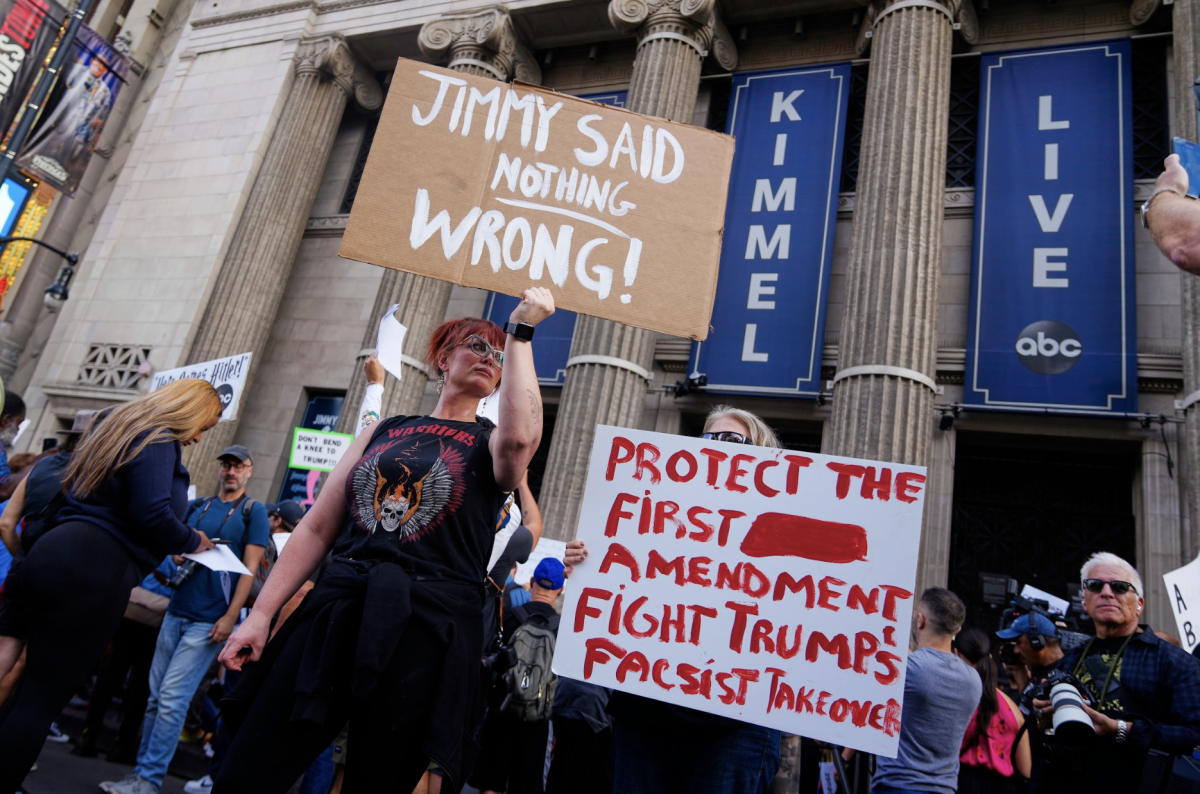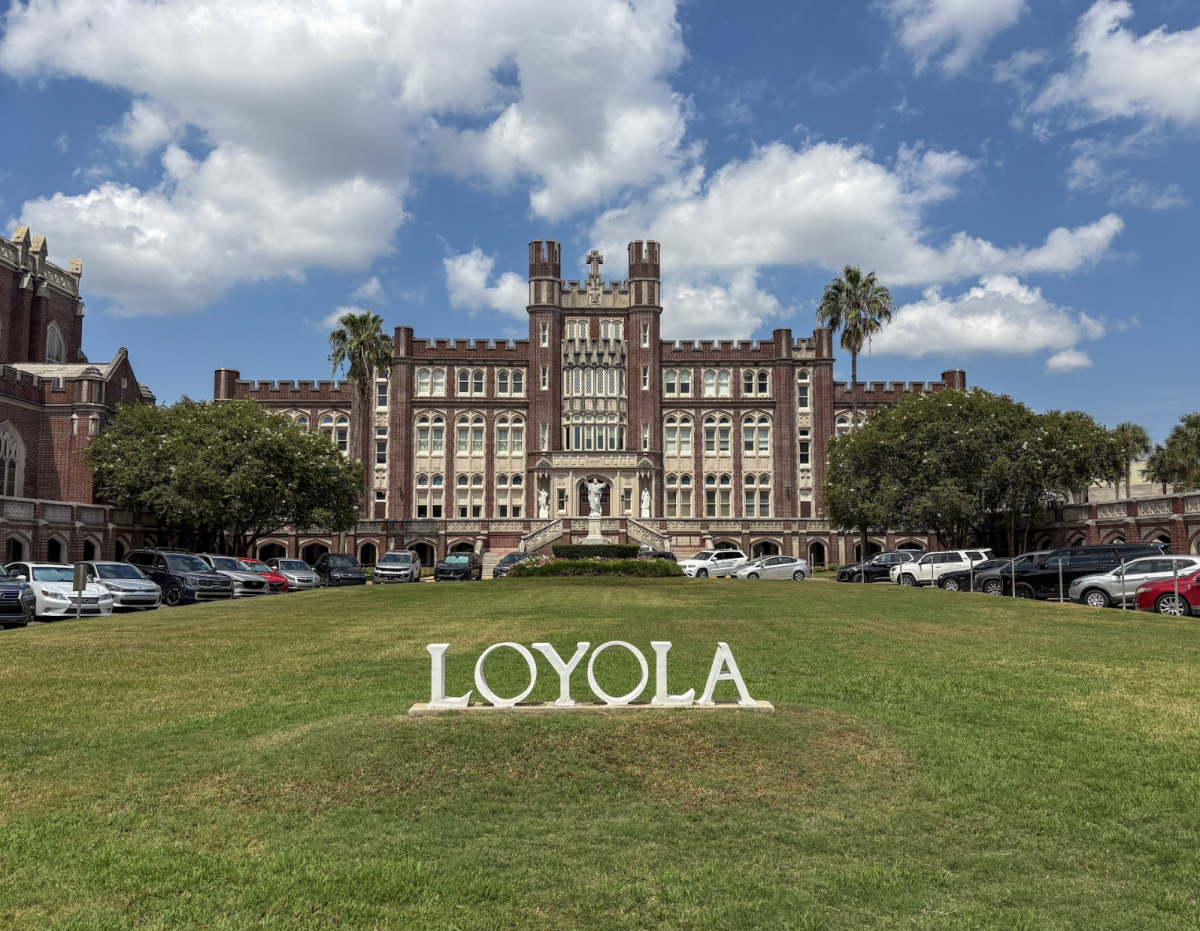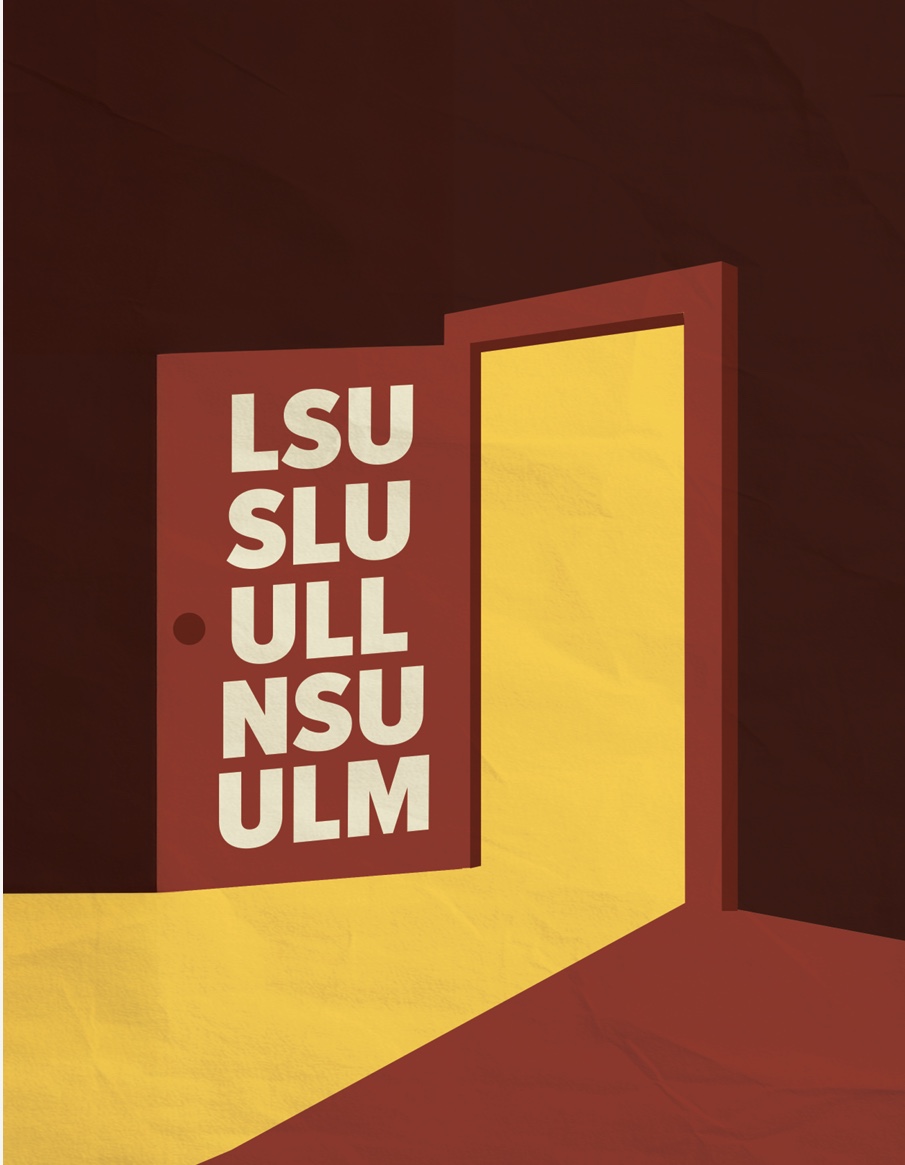As we pass the eighth anniversary of Hurricane Katrina, it is easy to focus on the good happening in the New Orleans community. For many residents and for the rest of the U.S., life in New Orleans has returned to normal. Travel + Leisure Magazine reported that New Orleans was the #1 travel destination for 2013. While the growth of New Orleans since the hurricane should by no means be downplayed, the truth is that a lot of the damage from Hurricane Katrina lingers in New Orleans, and it does not get the attention it needs.
The Gulf Coast Center for Evacuation and Transportation Resiliency reports that New Orleans has the quality of urban resilience, allowing a city to bounce back in the wake of a tragedy like Hurricane Katrina. The damage from Hurricane Katrina resulted when infrastructures designed to protect the city, like levees, failed. In addition, national efforts to help New Orleans were ineffective. In September 2012, NBC News reported that a class action lawsuit against the manufacturers of trailers provided to hurricane victims by the Federal Emergency Management Agency settled for $42.6 million. Residents in the trailers had suffered from headaches and nosebleeds brought on by high levels of formaldehyde in the trailers.
Though national and city officials made efforts after the hurricane to ensure that New Orleans would be better protected for future storms, they have not followed through to the extent that they should. Whole neighborhoods, like the Lower Ninth Ward, remain standing and untouched, a constant reminder of Hurricane Katrina and the governmental ineffectiveness that followed. Storms inevitably loom in the future, possibly larger and stronger storms than Hurricane Katrina, which begs the question: are officials and the government prepared to handle that?
The reason for the continuing existence of New Orleans is the people, not government officials. While New Orleans was built to have urban resilience, the people of New Orleans have shown emotional resilience, coming back after such a large government failure to again put their faith in the city. To restore the physical and financial infrastructure of the city, the people of New Orleans are key. We must not fall into complacency or rely on our government officials to do their jobs without our input. We must continue to demand that our government officials give us the protection we deserve so that when another storm happens, we do not suffer the same losses.
This editorial is the opinion of editorial board members Topher Balfer, Jessica DeBold and Lucy Dieckhaus.







